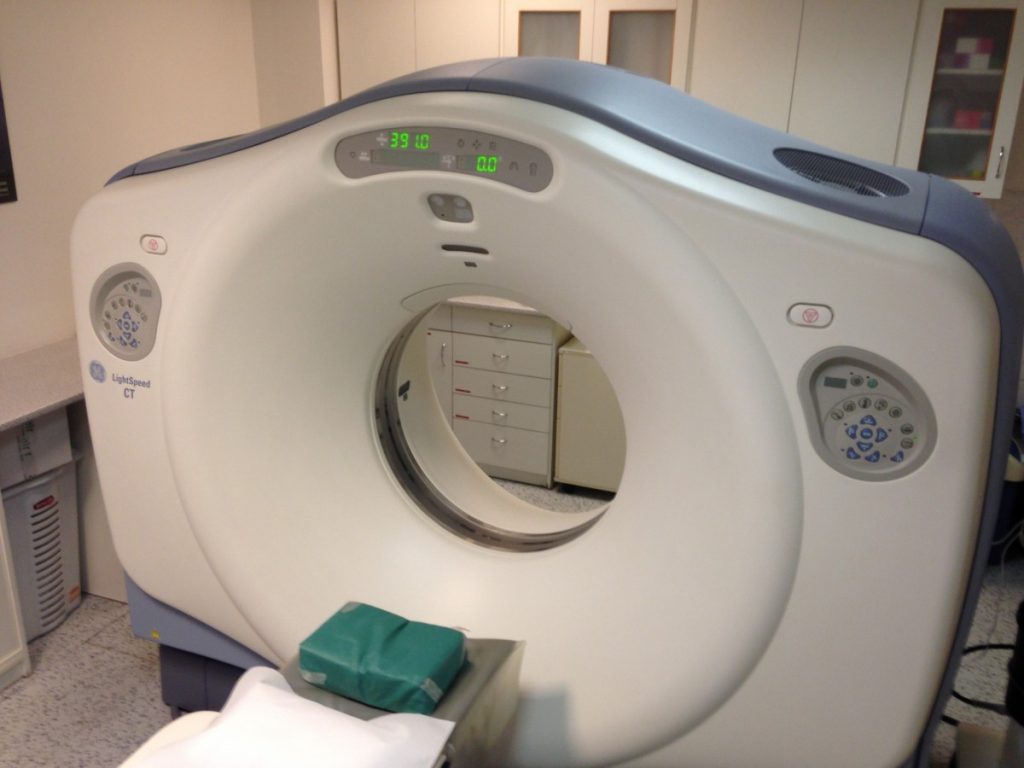The present trial investigates a possible use of oral bosentan, which is currently approved for the treatment of symptoms of pulmonary arterial hypertension (PAH) Class III and IV, to patients suffering from PAH Class II.
Official Title
A Randomized, Double-blind, Placebo-controlled, Multicenter Study to Assess the Efficacy, Safety, and Tolerability of Bosentan in Patients with Mildly Symptomatic Pulmonary Arterial Hypertension (PAH)
Conditions
Pulmonary Hypertension
Study Type
Interventional
Study Design
Treatment, Randomized, Double-Blind, Placebo Control, Parallel Assignment, Safety/Efficacy Study
Further Details
Primary Outcomes: exercise capacity; cardiac hemodynamics
Study Start
September 2004
Eligibility & Criteria
Inclusion Criteria: * PAH NYHA Class II * Significant elevation of mean pulmonary arterial pressure * Significant elevation of pulmonary vascular resistance at rest * Limited 6-minute walk distanceExclusion Criteria: * PAH secondary to portal hypertension, complex congenital heart disease or reverse shunt * Restrictive or obstructive lung disease * Significant vasoreactivity * Treatments for PAH (within 4 weeks of randomization)
Total Enrolment
Contact Details
The Prince Charles Hospital, Brisbane, 4032, Australia; RecruitingKeith McNeil, MD +61(0)7335081111 keith_mcneil@health.gld.gov.au The Alfred Hospital, Melbourne, 3004, Australia; RecruitingTrevor Williams, MD +61(0)395292489 t.williams@alfred.org.au
All content and media on the HealthEngine Blog is created and published online for informational purposes only. It is not intended to be a substitute for professional medical advice and should not be relied on as health or personal advice. Always seek the guidance of your doctor or other qualified health professional with any questions you may have regarding your health or a medical condition. Never disregard the advice of a medical professional, or delay in seeking it because of something you have read on this Website. If you think you may have a medical emergency, call your doctor, go to the nearest hospital emergency department, or call the emergency services immediately.







